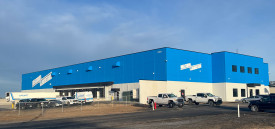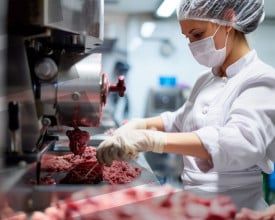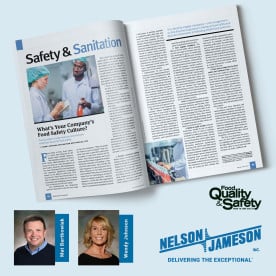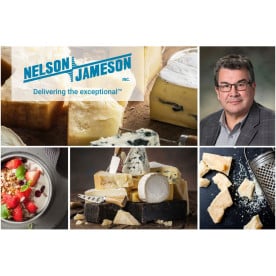Monthly Archives: April 2015
- April 29, 2015
Pick the right meter. A pH meter with more than minimum requirements may be the better option. Product requirements and regulations change with time. Meters with advanced features will allow for a wider range of testing and documentation of results.
Know the basics. The meter's algorithm and displayed value expresses the amount of potential difference between the electrode’s reference to a sample being tested. During the process of electrode equilibrium (or end-point), a blockage or slowing of an electrode’s reference junction can impact the electrode's ability to perform its task.Remember electrodes need to be rinsed and blotted before each test.
Maintenance is critical. Periodic and proper cleaning is required. Protein and other contaminants can build up on the electrode reference junction or sensing areas, often resulting in a longer time to endpoint. Cleaning solutions specifically designed for differing electrode
- April 22, 2015
Today is Earth Day, and our blog usually focuses around Nelson-Jameson’s social and environmental sustainability practices. This year, however, we’re taking a “big picture” approach, and exploring the overall food industry’s sustainability outlook. We’ll take a closer look at the ways in which food manufacturers, distributors, suppliers and retailers are taking steps to increase sustainability and reduce waste in the supply chain.
So, what is sustainability? Well, in this context it means that a business’s industrial practices and strategies create
- April 15, 2015
MARSHFIELD, WIS., April 15, 2015 - Nelson-Jameson has updated their extensive collection of color-coded products for material handling, janitorial, safety, lab and processing applications, with the introduction of Ultra Safe Technology (UST) Brooms and Brushes.
The revolutionary new line of cleaning tools are supplied in the United States exclusively by Remco. With enhanced bristle security and unique bristle patterns, UST brooms and brushes help improve food safety and quality while minimizing the risk of contamination hazards.
Other new items have also been added to expand color selections on a variety of items. The color-coded line includes several colors, including white, red, yellow, blue, green, gray, brown, black, orange, purple and pink. The company’s new color-coded catalog features the complete color-coded line and is available on their website, nelsonjameson.com.
For more information or to request a flyer, please contact Customer Service
- April 01, 2015
Achieving accurate pH measurements is essential in various industries, and having the right techniques can make a significant difference. The first tip is to carefully choose the pH meter for your needs – opting for one with advanced features beyond the minimum requirements ensures adaptability to evolving product specifications and regulations. Understanding the basics is crucial; the meter's algorithm and displayed value indicate the potential difference between the electrode's reference and the sample under examination. During electrode equilibrium, any hindrance to the reference junction can impact the meter's performance, emphasizing the importance of proper rinsing and blotting before each test. Maintenance plays a critical role, with periodic and thorough cleaning necessary to prevent contaminants like proteins from accumulating on the electrode, which can lead to prolonged testing times. Cleaning solutions tailored to specific electrode styles are indispensable for optimal





